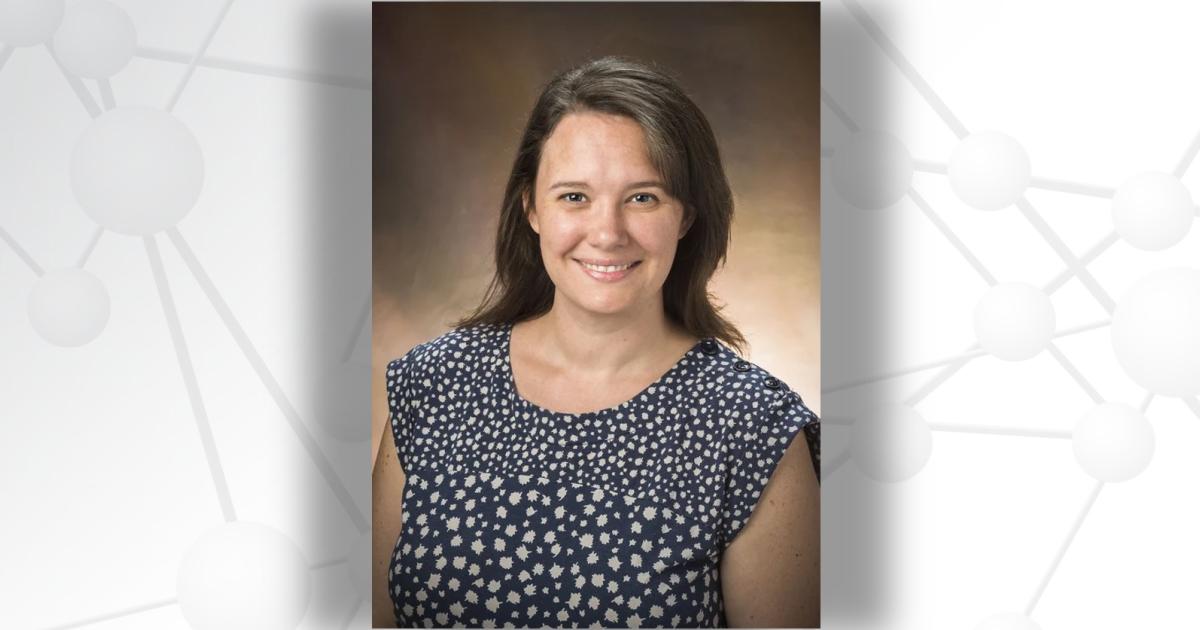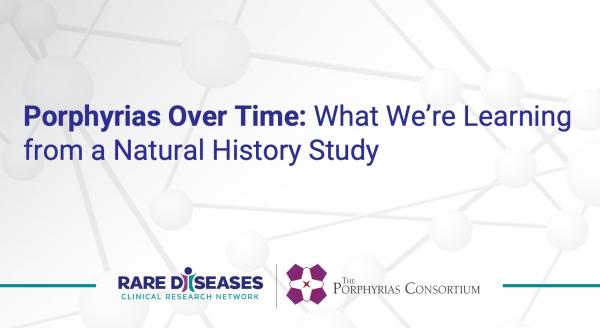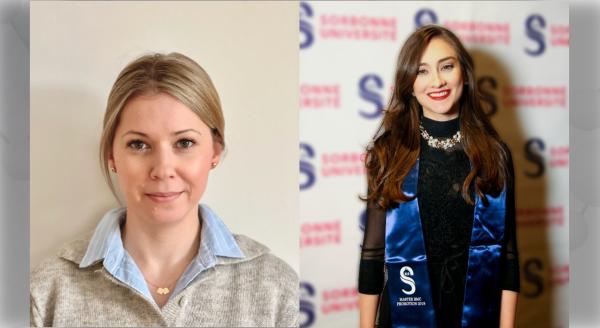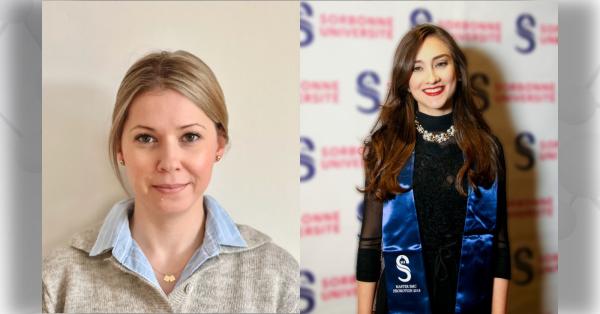Laura Adang, MD, PhD, MSTR, is an attending physician in the Division of Neurology at Children's Hospital of Philadelphia, specializing in the care of children with leukodystrophies. She is also a former fellow of the Lysosomal Disease Network (LDN).
Dr. Adang is the first author of a recent study, “Developmental delay can precede neurologic regression in early onset metachromatic leukodystrophy,” published in the journal Molecular Genetics and Metabolism. The study, a collaboration between the LDN and the Global Leukodystrophy Initiative Clinical Trials Network (GLIA-CTN), explores the relationship between early developmental delay and neurologic regression in late-infantile metachromatic leukodystrophy (MLD) to help with earlier diagnosis.
Here, Dr. Adang shares more about the study and how she became interested in leukodystrophy research.
How and when did you become involved with the LDN?
In 2017, I applied to the LDN fellowship during my clinical white matter fellowship. I used this support to launch my research program.
How did you become interested in studying MLD?
During my clinical fellowship, I was able to join the CHOP Leukodystrophy Center with Dr. Amy Waldman. I had the opportunity to meet and care for several families affected by MLD during this time. Listening to their journeys shaped me as a young physician-scientist and helped to develop my passion for understanding paths to earlier diagnosis.
What led you to focus on early onset MLD and neurologic regression?
Many of the families I was able to meet early in my career shared a similar story: Despite frequent visits with their doctors, there was an unacceptably long journey to diagnosis. This seemed to be a critical gap in our understanding—when does MLD begin? How does it begin? What were we missing? This information is even more essential now as it can be used to guide the timing of treatments.
How did the LDN and GLIA-CTN teams collaborate and contribute to this research?
This work began as my LDN fellowship project and then continued and evolved as part of the GLIA-CTN. It also reflects a true international collaboration.
How will this research affect patients?
When I began this project in 2017, the idea of an approved therapy for MLD was only a dream. I am overwhelmed with how this landscape has changed as we now have an approved therapy. This paper was accepted the week we submitted the Recommended Uniform Screening Panel (RUSP) application recommending newborn screening for MLD. This work will help to guide when we need to treat patients with late-infantile MLD and potentially help to stratify unknown cases as well.
Where is this line of research going next?
I have continued my work in this space, both for MLD specifically, but also on how to use real-world data to rigorously map early features of diseases.
How has this experience helped to shape your career?
I am deeply grateful for this opportunity early in my career. Starting with the LDN funding, I was able to apply successfully for a KL2, and then K23 funding. My experience in MLD led to my involvement with the related disorder multiple sulfatase deficiency (MSD) as well!
Learn more about fellowship and grant funding opportunities from the LDN.
The Lysosomal Disease Network (LDN) is part of the Rare Diseases Clinical Research Network (RDCRN), which is funded by the National Institutes of Health (NIH) and led by the National Center for Advancing Translational Sciences (NCATS) through its Division of Rare Diseases Research Innovation (DRDRI). LDN is funded under grant number U54NS065768 as a collaboration between NCATS, the National Institute of Neurological Disorders and Stroke (NINDS), and the National Institute of Diabetes and Digestive and Kidney Diseases (NIDDK).






